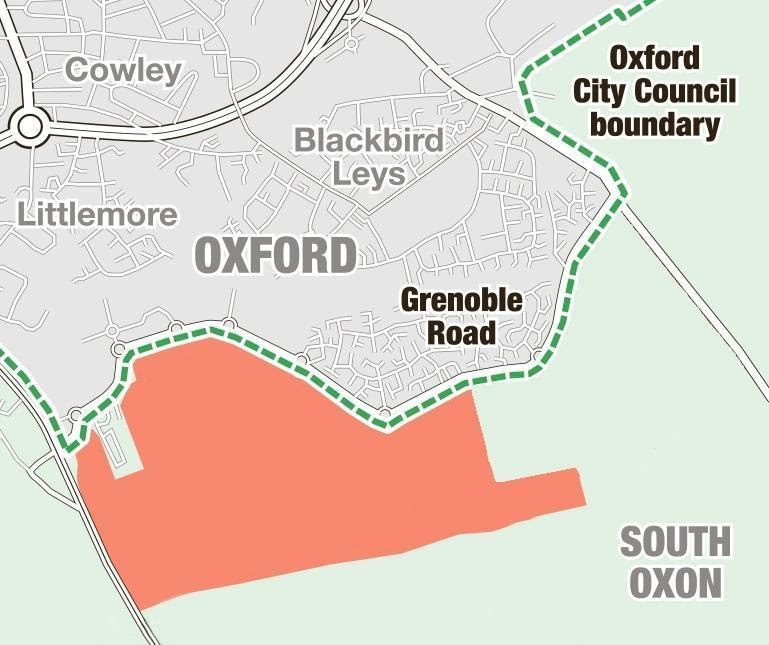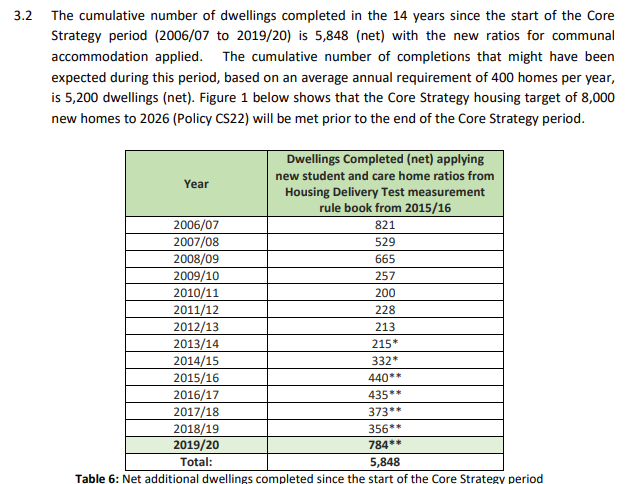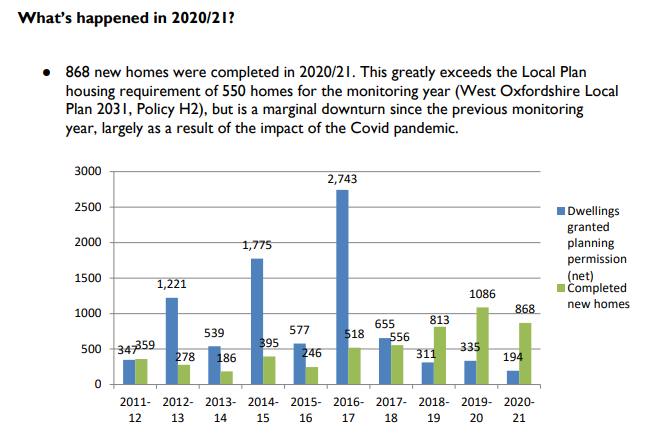This post is long, sorry, not sorry. It’s a complicated topic, and I want to be thorough when I share my opinion. It has to do with how neighbours to Oxford are expected to provide new housing to meet Oxford’s needs.
Local authorities have a so-called ‘duty to cooperate’ with each other in establishing local plan policies in cross-boundary areas. This is the law, but it’ never been really well defined. Here in Oxfordshire, the main duty to cooperate lies between Oxford City council and its neighbouring districts: Cherwell, West Oxfordshire, South Oxfordshire (SODC) and Vale of White Horse.
 Today, we read in the Oxford Times that SODC are proposing to include a controversial Green Belt site (referred to as Grenoble Road) in their most recent version of their local plan. This site is in the Oxford Green Belt, and seen by some as a rather unattractive housing site (as it has high power lines and stanchions throughout) but nonetheless is located close to Oxford on its southeastern boundary). But it is in the Green Belt, established deliberately to provide a green space for the city and also to prevent future urban sprawl.
Today, we read in the Oxford Times that SODC are proposing to include a controversial Green Belt site (referred to as Grenoble Road) in their most recent version of their local plan. This site is in the Oxford Green Belt, and seen by some as a rather unattractive housing site (as it has high power lines and stanchions throughout) but nonetheless is located close to Oxford on its southeastern boundary). But it is in the Green Belt, established deliberately to provide a green space for the city and also to prevent future urban sprawl.
Here’s a link to the newspaper article: https://www.oxfordmail.co.uk/news/17279902.big-build-1700-new-homes-planned-as-grenoble-road-picked-for-huge-development/
Local authorities are having financial difficulties now in many areas, with major cuts in Government funding in the past few years, and more cuts expected. (Bear with me; this is relevant.) There are three primary income sources for local councils:
- New Homes Bonus scheme (expected to end next year). Basically local authorities were awarded a bonus based on the number of homes delivered. Vale of White Horse District Council is a top performer in this area; when Govt said our income depended on the houses we built, we built lots of houses.
- Business rates (based on growth over a certain baseline). Vale of White Horse had some bad luck in this area; just after the baseline was taken, Didcot power station closed down, and Culham science company became a charitable enterprise, so no longer paid business rates. Both these actions hit our business rates income for years, because our rates are always low compared to our baseline. Government were asked if they could provide relief; they said no.
- Council taxes that we pay. This is a politically driven decision. Conservatives are proud that they froze council tax in the Vale for many years of the eight years they’ve been in charge. But in spite of the other sources of income being volatile and uncertain, and not under our own control, Conservatives took no action. Over the years, more and more houses were built and more people moved here. But the cost of providing services continued to go up, and the council tax stayed the same. As a result, Vale has lost millions in income every year, and over the years. These loses will continue to accumulate; there’s an annual limit to how much councils can raise council taxes without a referendum (and we know all about referendums now.) Currently we pay £126 per annum to Vale (Band D). In 2011 we paid £116. Councils are allowed to raise taxes by the higher of 3% or £5 per year. Vale has about 50,000 band D properties. You can do the maths.
There used to be a Government grant to local authorities, but that was systematically reduced over a few years and then it stopped altogether last year.
We are all worried about our ability to continue to provide services with these drastic cuts.
So, Oxford has nearly full employment; It doesn’t need more employment sites; but remember the income from business rates. Oxford DOES need more houses that people who work in Oxford can afford to rent or buy; but remember the demise of New Homes Bonus. So Oxford’s Local Plan will have a shortfall of about 10,000 homes (when compared to their assessed need). These 10,000 homes must be provided by the neighbouring districts; remember ‘Duty to Cooperate’.
By earmarking more land for employments sites, Oxford cannot meet their own housing needs, and so neighbours must do that for them. This is one side of the duty to cooperate. Local Plans will not be found sound if they do not provide enough housing to meet Oxford’s unmet need. That’s one of the main reasons for SODC allocating the Grenoble Road site.
But in my opinion, the other side of Duty to Cooperate is that Oxford must do all it can to meet its own housing needs. I think they aren’t doing that.
My response to the Oxford Local Plan (now out for it’s pre-submission consultation) is that they need to plan for fewer employment sites, and provide more houses that people can afford to buy or rent. I think the ‘duty to cooperate’ needs to run both ways; Oxford must to do its best to meet its own housing needs, and then the neighbouring authorities need to help Oxford meet the needs it cannot meet for itself. Simples.
Oxfords Local Plan doesn’t do that well enough. So SODC and other districts are having to take up the slack. Hence the Big Build of Grenoble Road, and also Dalton Barracks near Abingdon, also in the Green Belt.









